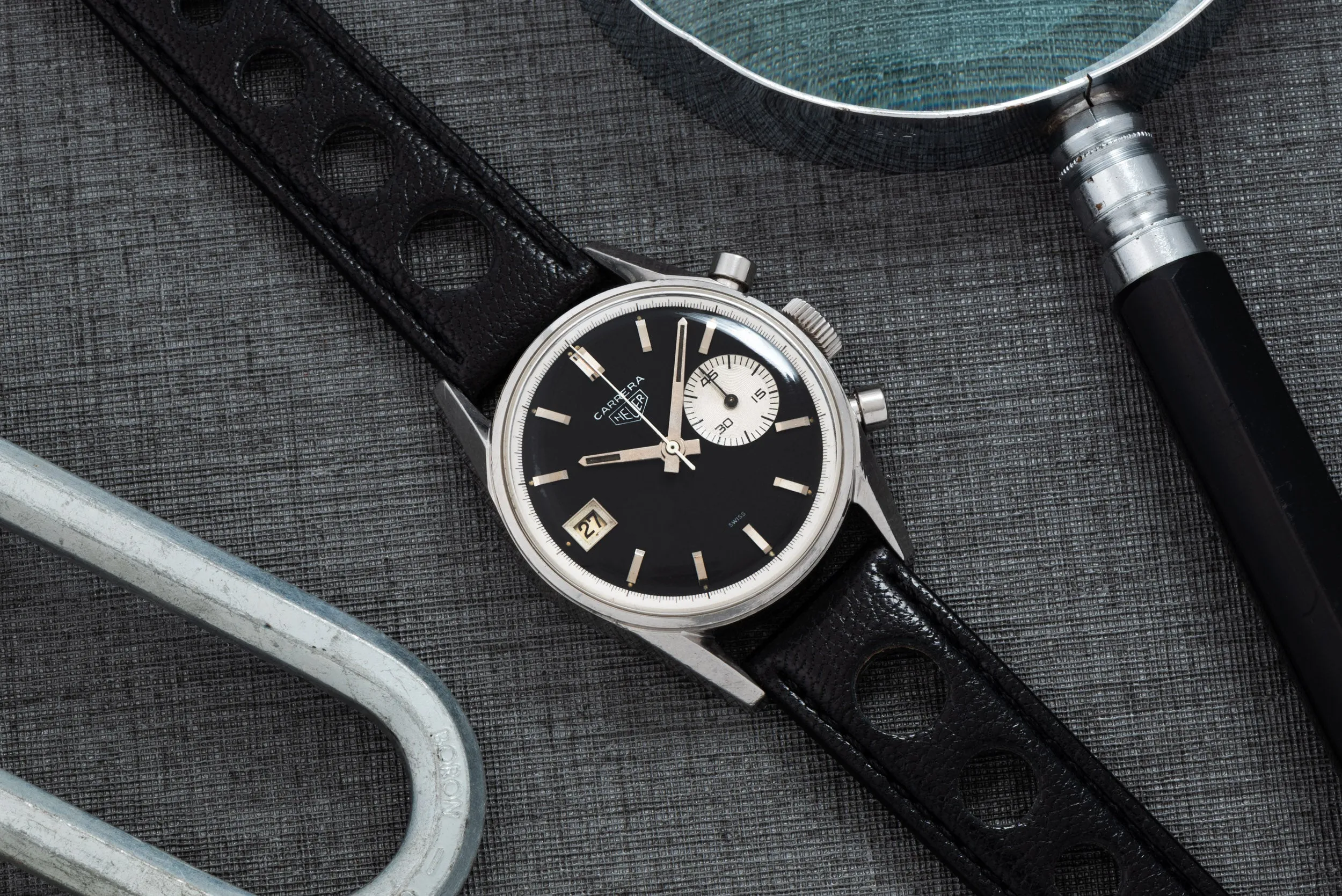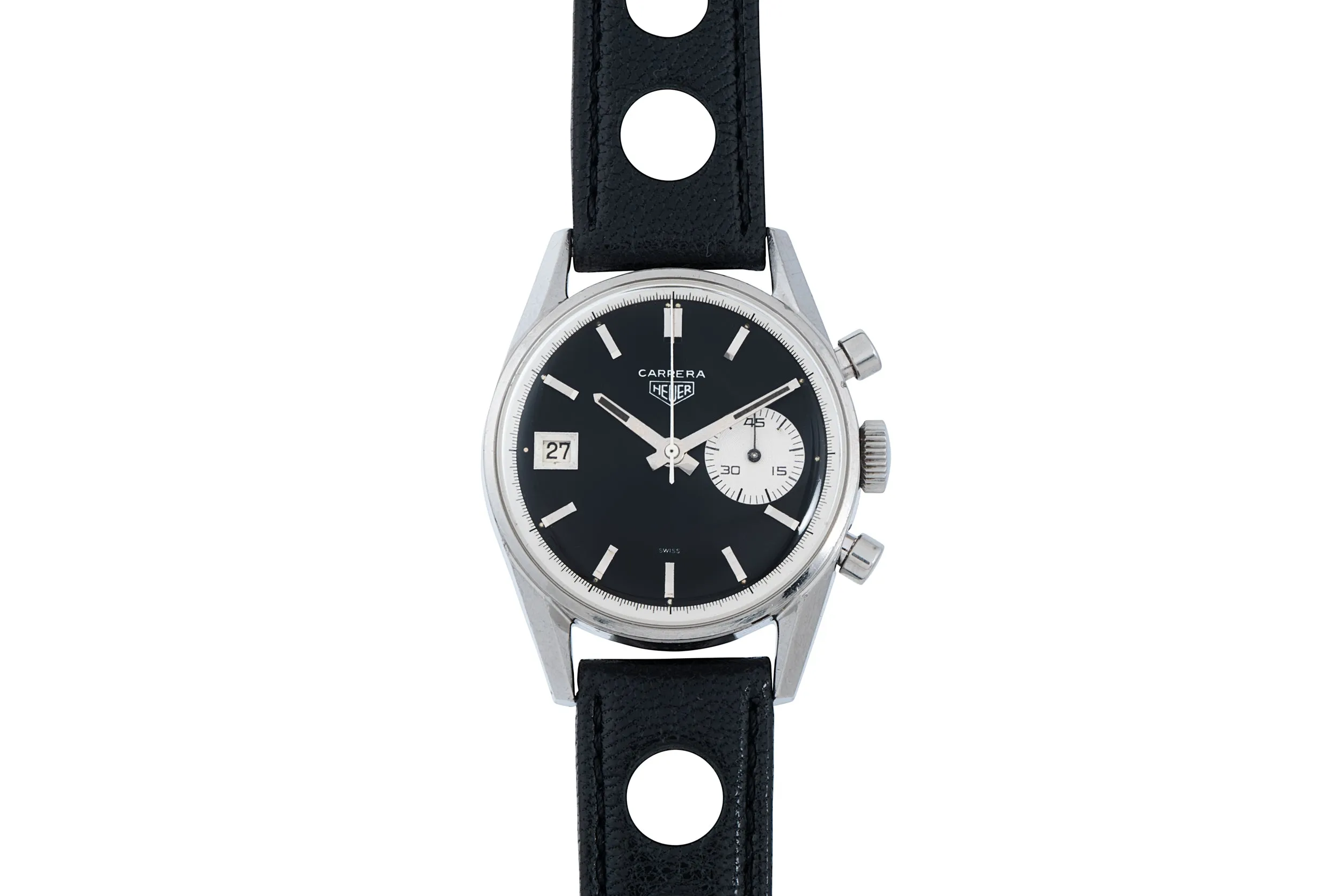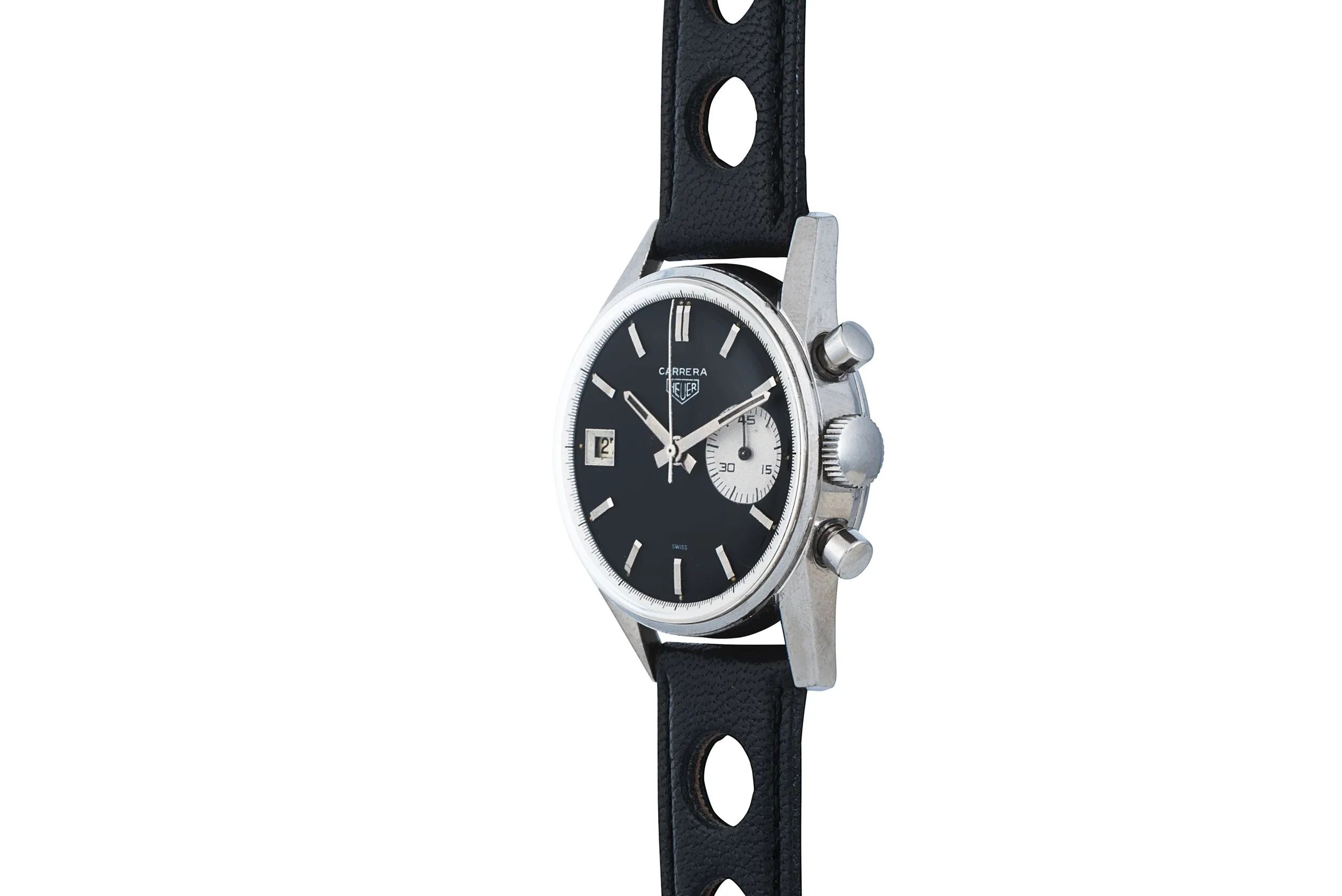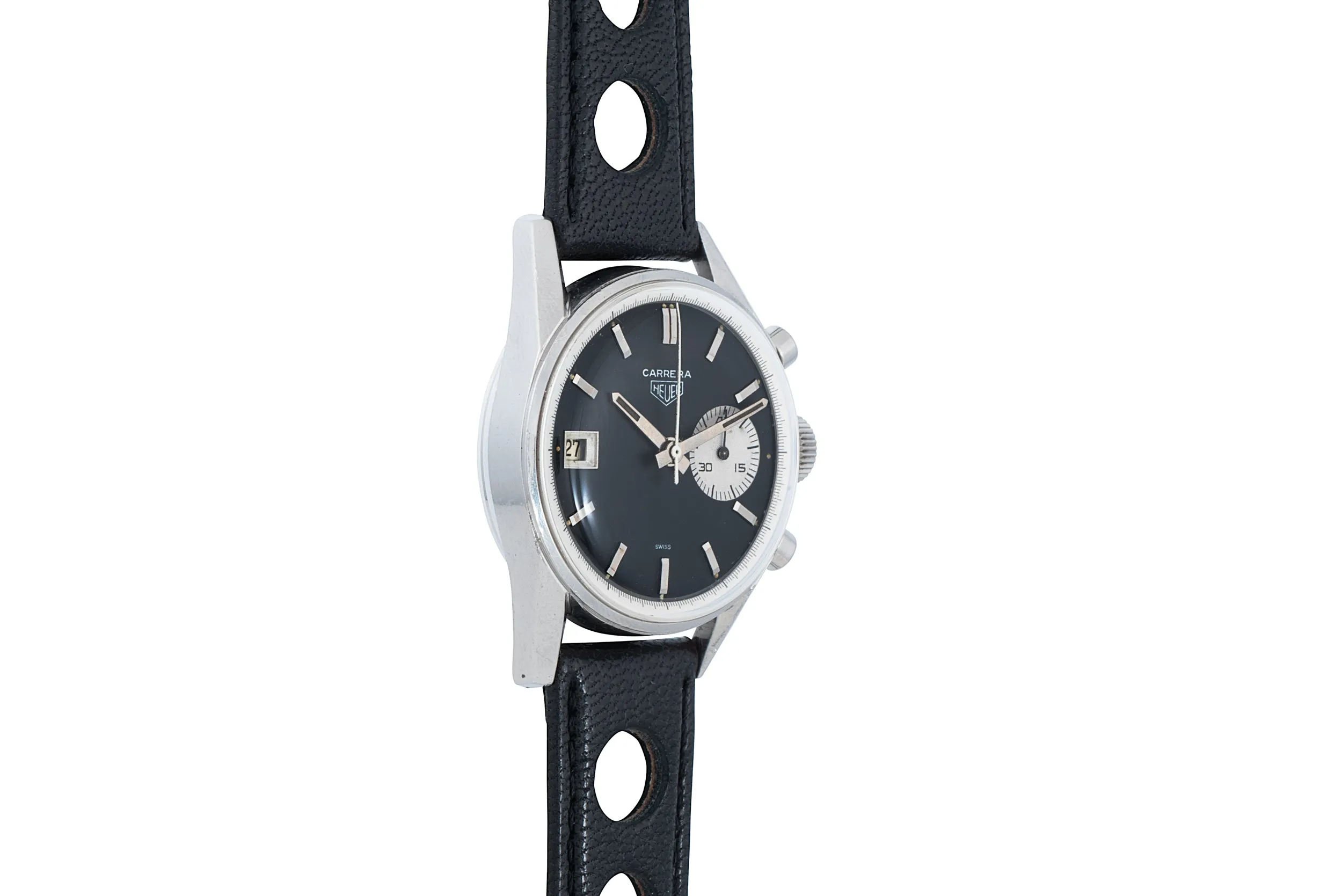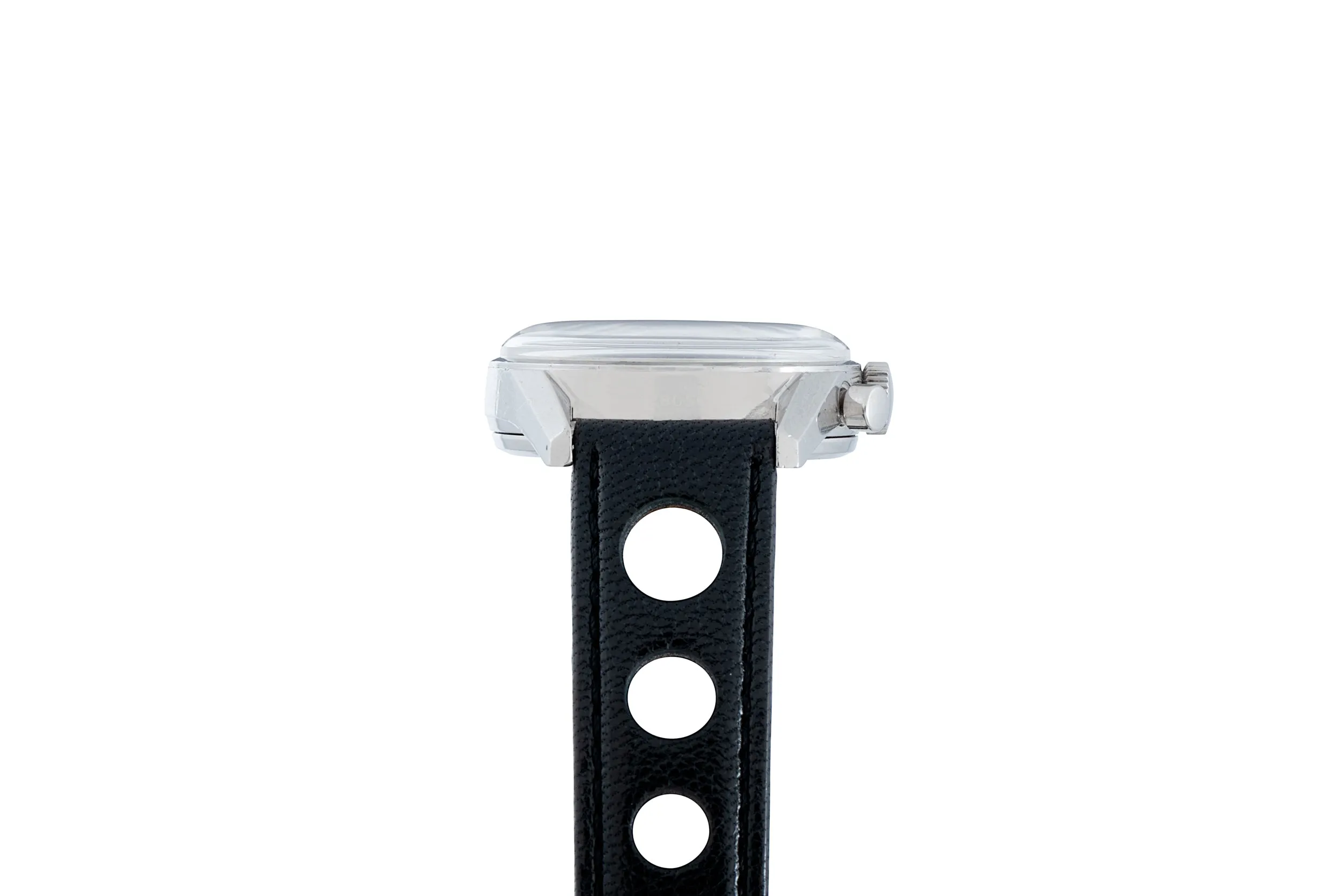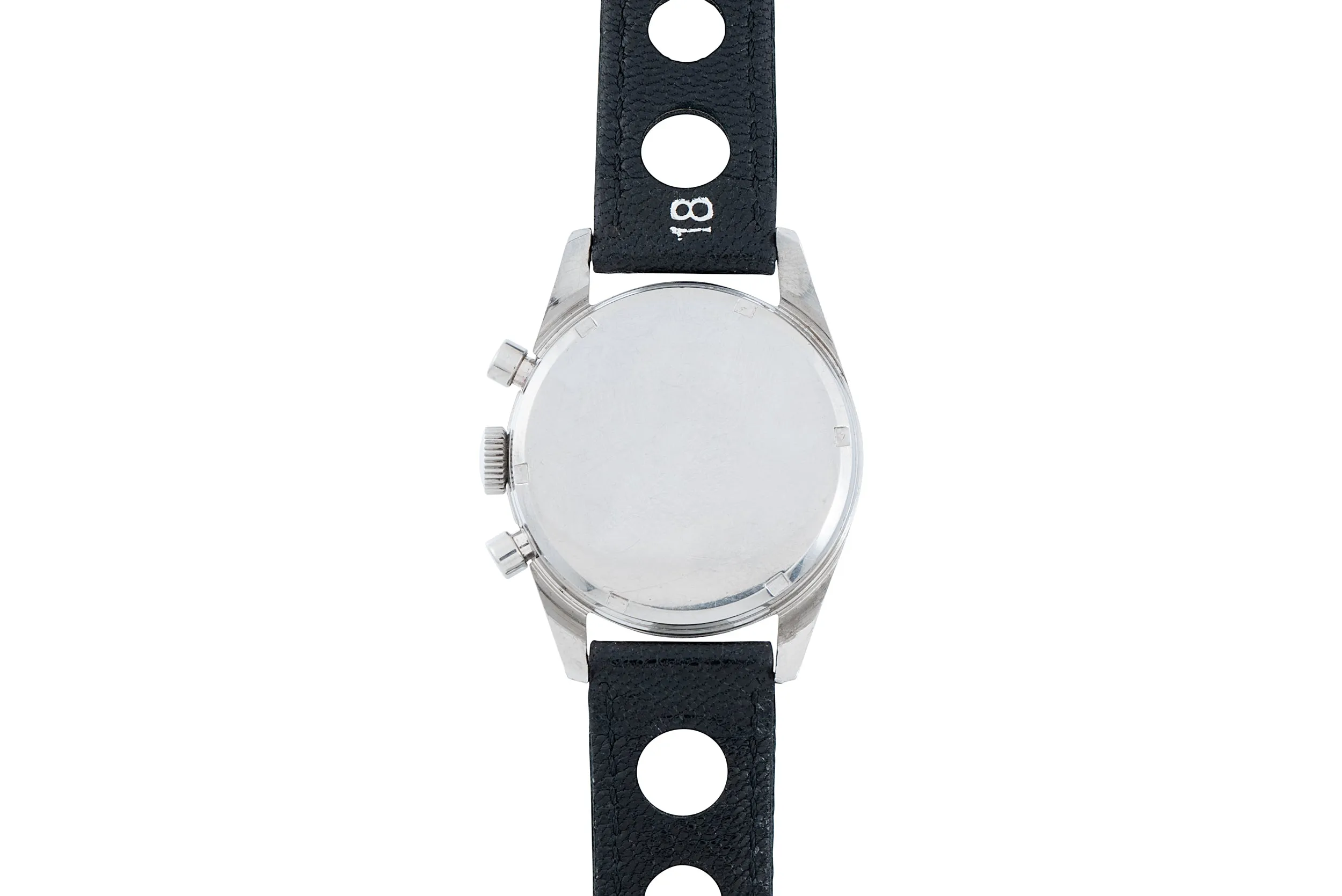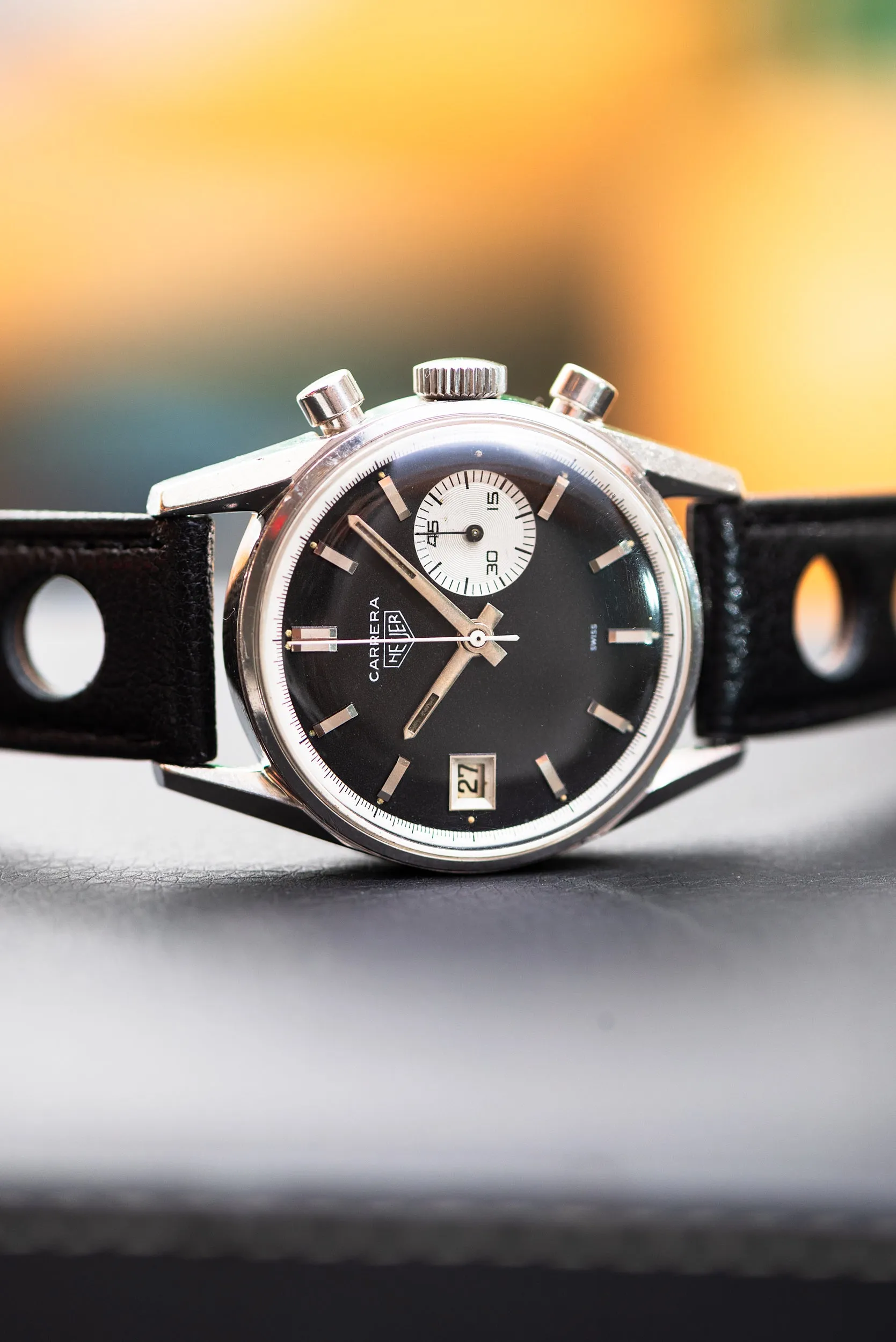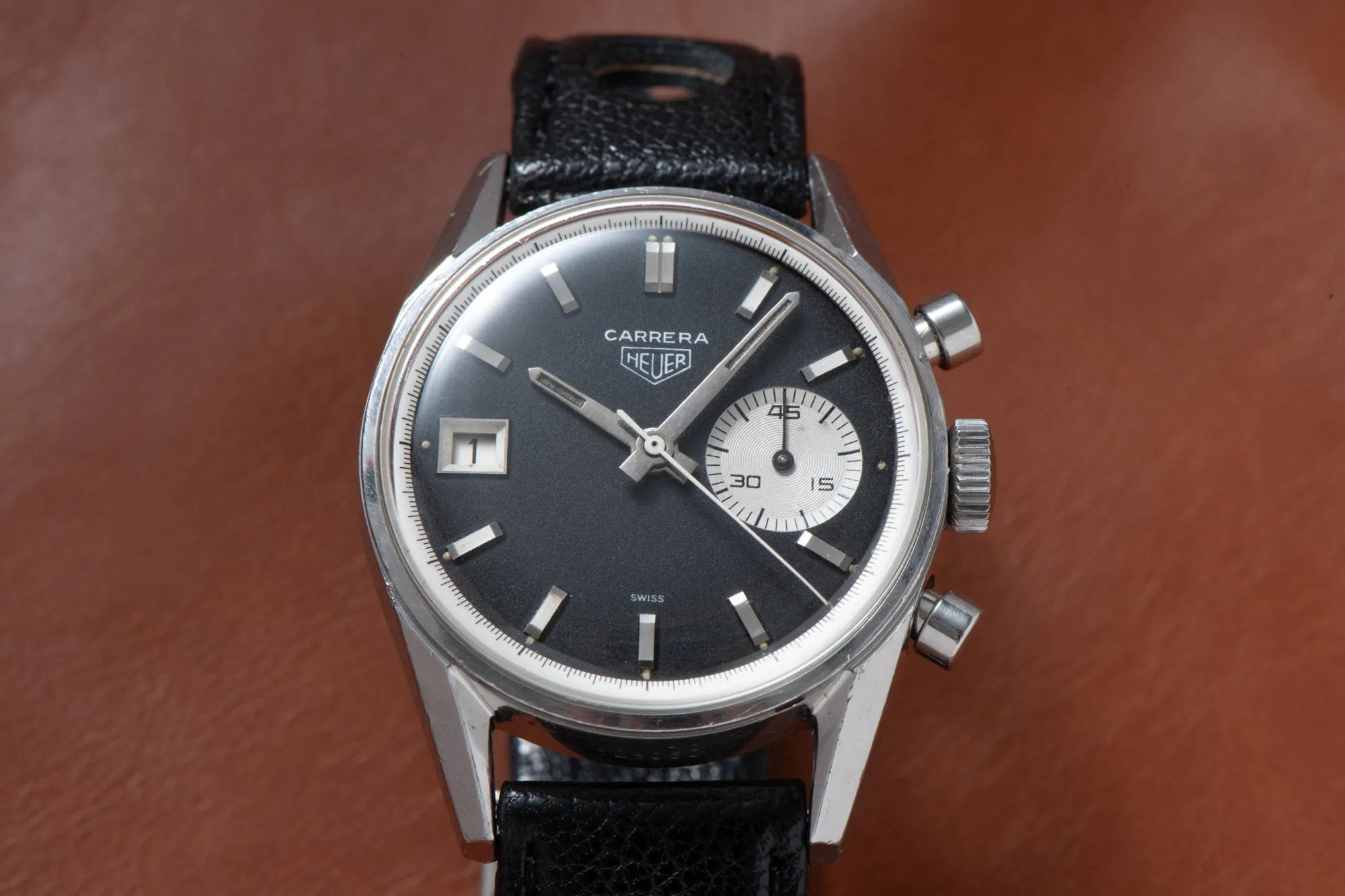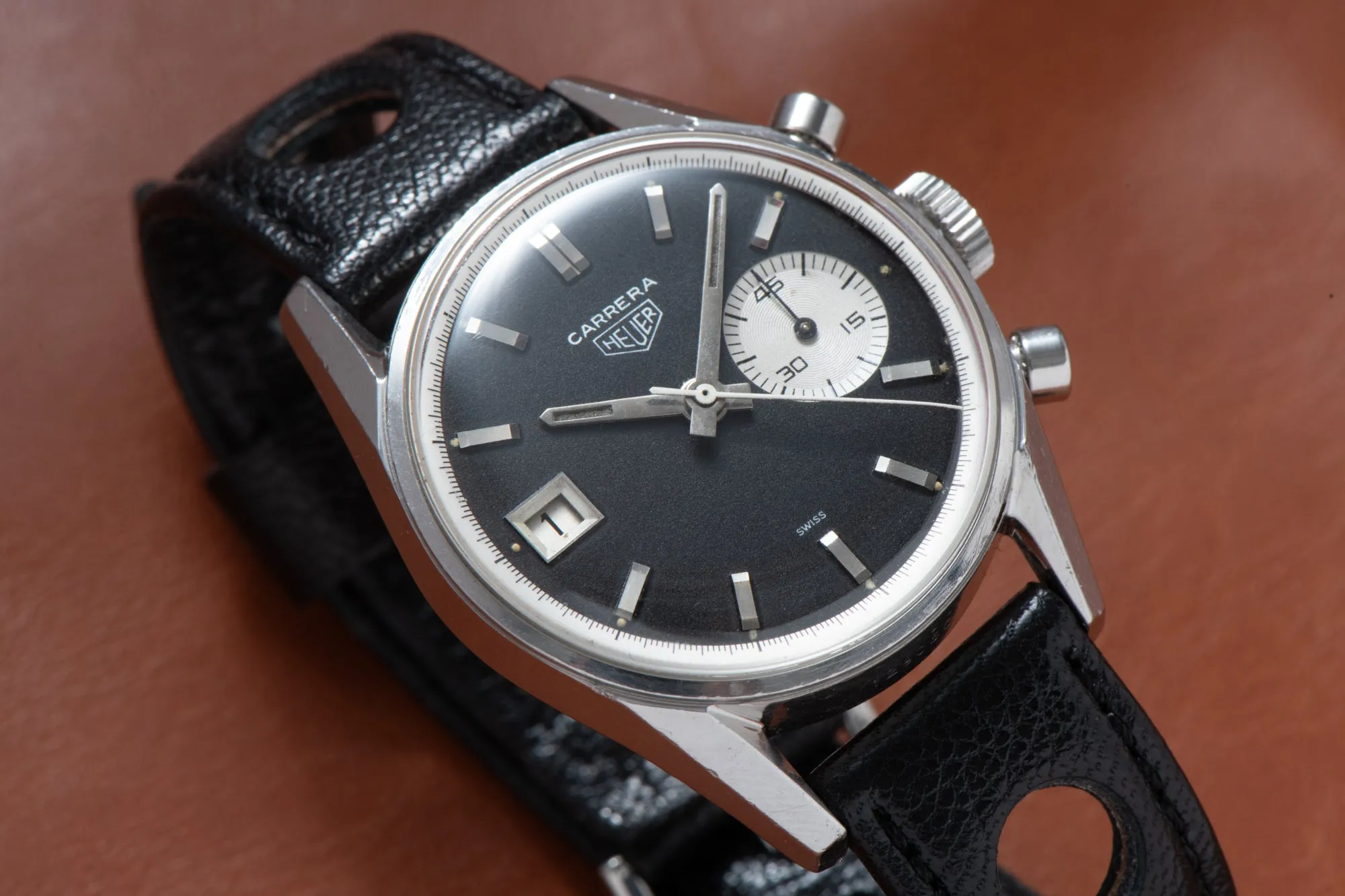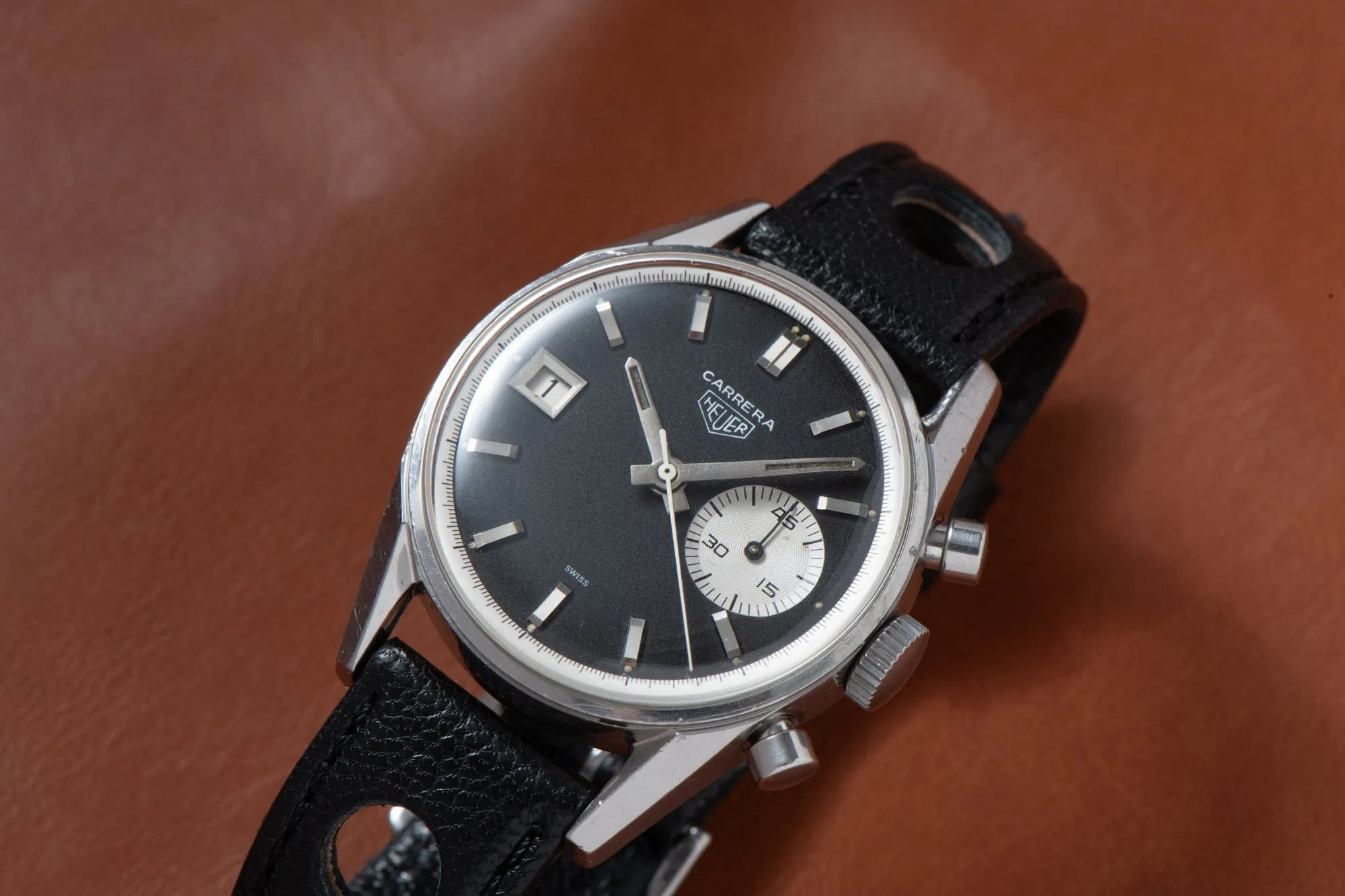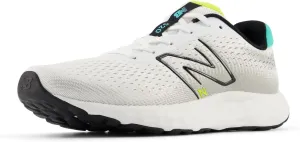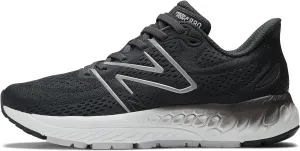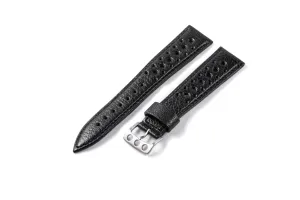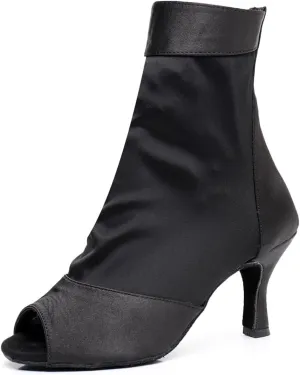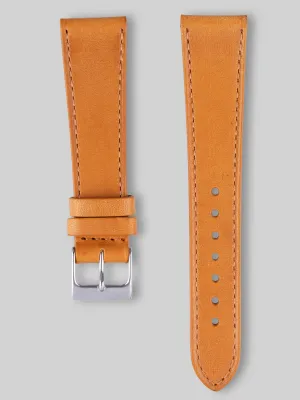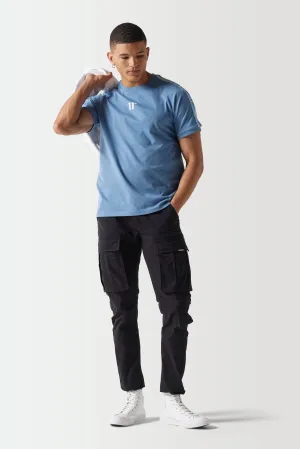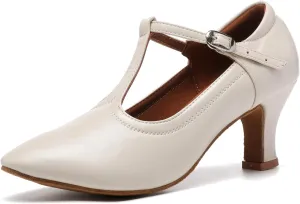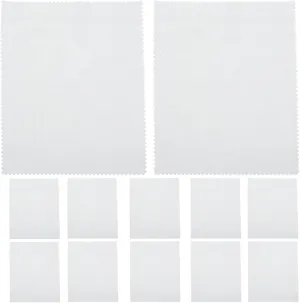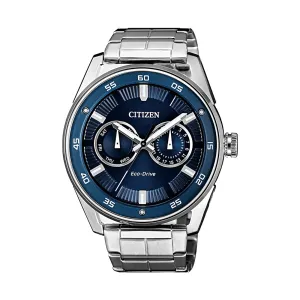As far as we're concerned, a vintage Heuer Carrera is about as cool a chronograph as money can buy.
From its very inception, the Carrera was meant to break the mold set by Heuer’s earlier chronographs. Like the Autavia, the first watch that Jack Heuer had a hand in creating, the Carrera was intended to be a racing watch. But rather than rely on the tried-and-true to create the Carrera, Jack Heuer sought to create something entirely new, drawing inspiration from the work of masters of modern design.
In his student years, Jack Heuer had been inspired by the revolutionary work of Charles-Édouard Jeanneret. History would know Jeanneret as Le Corbusier, the pioneer of modern architecture (and himself a native of La Chaux-de-Fonds, the sleepy Swiss village in which Heuer’s factory was located). Le Corbusier’s concern—one might almost say obsession—with functionality was apparent in his work, which became known for its minimalism.
This particular example, a Reference 3147N, features the classic, arguably perfectly proportioned 36mm case with barrel pushers, an acrylic crystal, a matte black Tritium dial with a date window at 9:00, a white 45-minute sub register at 3:00, applied indices, and a matching handset.
Powered by the Landeron Calibre 189 manual winding movement, this piece comes fitted to a Ralstra® International perforated rallye strap with a drilled pin buckle.
Known to collectors as the 'Dato 45' for its slightly obtuse dial layout featuring a date window balanced by a single 45-minute register, this piece offers much of what is arguably perfect about the Carrera 2447, with its manual winding movement, reverse-panda dial, and high-legibility, but adds a fun, unique twist to the mix.
If you're looking for a slightly off the beaten path vintage chronograph with real pedigree from what may very well be the best name in vintage chronographs in the 1960s, well, look no further.
These don't grow on trees, so theres no saying when or where another will surface!

